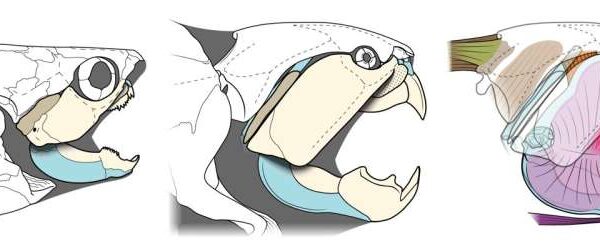A novel repository at the Indiana University Indianapolis School of Health & Human Sciences is transforming the landscape of musculoskeletal health research. The Function, Imaging and Testing (FIT) Core, launched in 2017, aims to generate valuable data on bone and muscle health in both healthy individuals and those with various health conditions. This initiative is designed to assist researchers in answering critical questions related to musculoskeletal diseases, benefiting both the United States and the global research community.
Since its inception, the FIT Core has successfully recruited and tested over 5,000 individuals. Participants undergo simple physical function assessments, optional blood sampling, and body composition and bone health scans. These assessments include walking as far as possible in six minutes, balancing in different positions, and measuring walking speed and hand grip strength. The FIT Core accepts participants aged 5 to 100, regardless of their health status.
Dr. Stuart Warden, the FIT Core Director and associate dean for research at the IU Physical Therapy program, highlighted the significance of the repository. “We’ve used the FIT Core population to create normative data that has resulted in the publication of five reference databases, including first-of-its-kind normative data on muscle density measured using high-resolution peripheral quantitative computed tomography, or HR-pQCT, that we published this year,” he stated. This groundbreaking work appears in the Journal of Cachexia, Sarcopenia and Muscle.
Researchers from various medical disciplines utilize the FIT Core’s reference databases to compare their study subjects with established reference populations. Dr. Warden explained, “This expedites the research process and reduces costs because in using data from the FIT Core, researchers don’t need to recruit and test their own normal, healthy people to compare to their research participants with disease.”
The data collected from FIT Core participants is linked to their electronic medical records. This allows researchers to request specific datasets related to particular diseases or conditions, as well as information on participants taking certain medications. The repository also stores collected blood samples in the Indiana Biobank. Importantly, all data and samples provided to researchers are de-identified to protect participant privacy.
Currently, approximately 50 researchers in the U.S. and internationally are utilizing the FIT Core for their studies. This includes researchers from IU and other institutions who send their participants to the FIT Core for testing. The FIT Core is involved in research across a spectrum of health conditions, including breast cancer, cystic fibrosis, chronic kidney and liver disease, osteoporosis, and rare bone diseases, among others.
Dr. Warden emphasized that prior to the establishment of the FIT Core, many researchers overlooked the importance of including physical function and bone health outcomes in their studies due to a lack of available data. “With this resource, investigators are now more inclined to not only study physiological and metabolic outcomes but also look at how diseases and conditions affect a person’s physical capabilities and their ability to get around in everyday life,” he explained.
As a vital element of musculoskeletal research at Indiana University, the FIT Core underscores the importance of integrating physical therapy into medical research. “The FIT Core elevates the reputation of physical therapy on our campus but also in the broader research community by contributing these types of outcomes for medical research,” Dr. Warden noted.
For more information, refer to Dr. Stuart J. Warden et al.’s study titled “Reference Data and Predictors of HR‐pQCT‐Derived Muscle Density and Its Prediction of Physical Performance,” published in the Journal of Cachexia, Sarcopenia and Muscle in 2025. The DOI for this publication is 10.1002/jcsm.70029.


































































